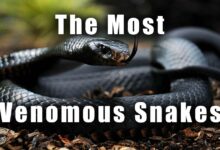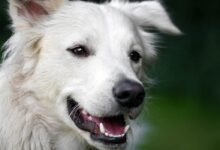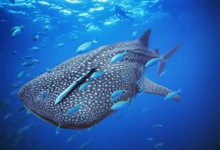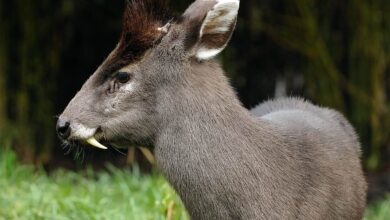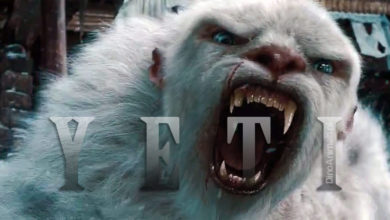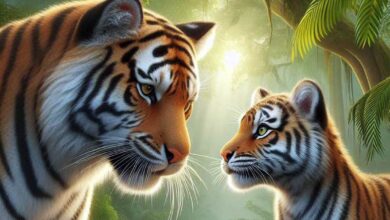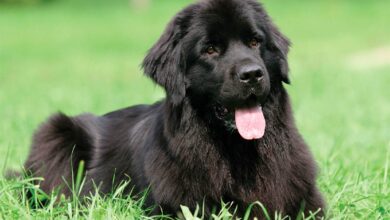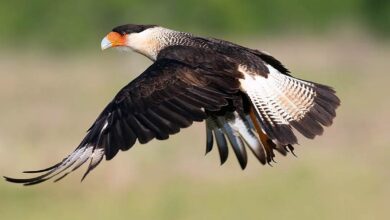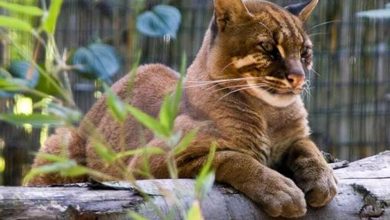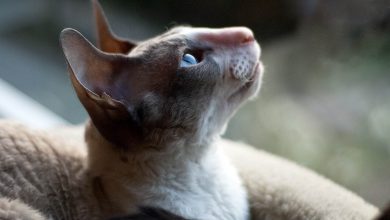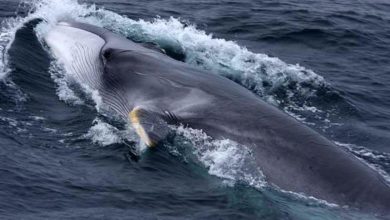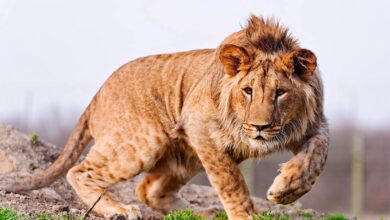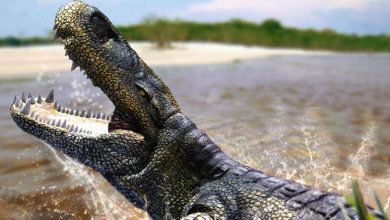Clouded leopard (Neofelis nebulosa)
The clouded leopard is a mysterious and elusive feline that inhabits the dense forests of Southeast Asia. With its distinctive markings, sharp claws, and incredible agility, the clouded leopard is a master of treetops, able to navigate the dense jungle canopy with ease. Despite its beauty and power, the clouded leopard remains one of the most enigmatic and little-known big cats in the world. In this article, we will explore the world of the clouded leopard, examining its anatomy, habitat, and behavior, and uncovering the secrets behind its elusive nature. So get ready to embark on an exciting journey as we discover what makes the clouded leopard one of the most fascinating and mysterious creatures in the animal kingdom.
The name of the clouded leopard comes from the cloud-shaped markings on its body. This wild cat is very mysterious, and researchers still have very little confirmed information about it. What have they managed to learn about the enigmatic leopard?
Classification
- Class: Mammalia
- Order: Carnivora
- Family: Felidae
- Genus: Neofelis
- Species: Clouded leopard (Neofelis nebulosa)
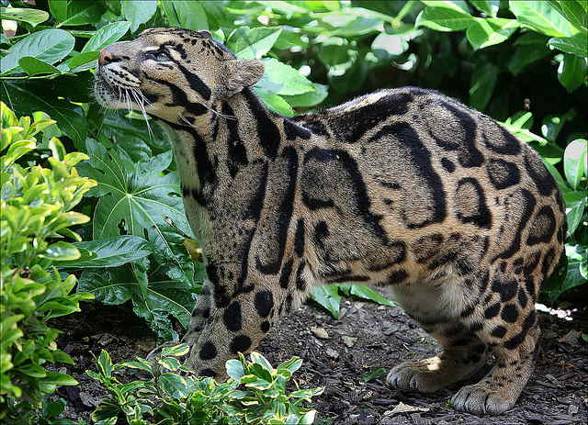
Occurrence
Clouded leopards are found in Nepal, India, Burma, Thailand, Peninsular Malaysia, Indochina, and China south of the Yangtze River. A small number of these animals can be also found in the north-eastern and south-eastern parts of Bangladesh.
There are three classed subspecies of Neofelis nebulosa in particular regions:
- Neofelis nebulosa nebulosa – occurs from southern China to eastern Burma.
- Neofelis nebulosa macrosceloides – occurs from Nepal to Burma.
- Neofelis nebulosa brachyuran – lived in Taiwan, but nowadays it’s considered to be extinct. The subspecies was observed for the last time in 1989.
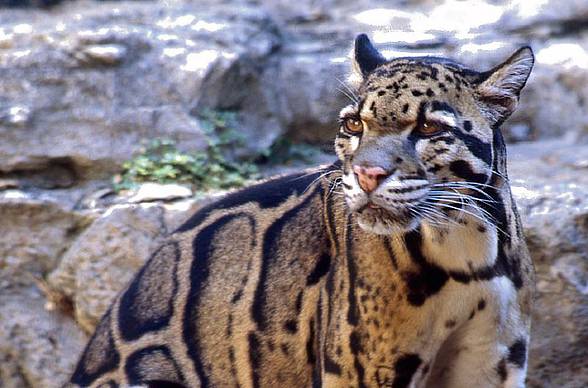
In Nepal
The clouded leopard had been considered to be extinct in Nepal from 1863 – it was stated in studies published at that time. However, over 100 years later, in 1987 and 1988, 4 individuals were found near Chitwan National Park.
Sunda clouded leopard (Neofelis diardi)
Until recently, it has been believed that the clouded leopard inhabited Borneo and Sumatra. Genetic studies conducted in 2007 showed significant differences. Therefore, leopards living on the islands were considered to be a separate species, nowadays classed as the Sunda clouded leopard (Neofelis diardi).
Natural environment
The clouded leopard inhabits forested and mountainous areas at altitudes of 2,500 m (8,200 ft).
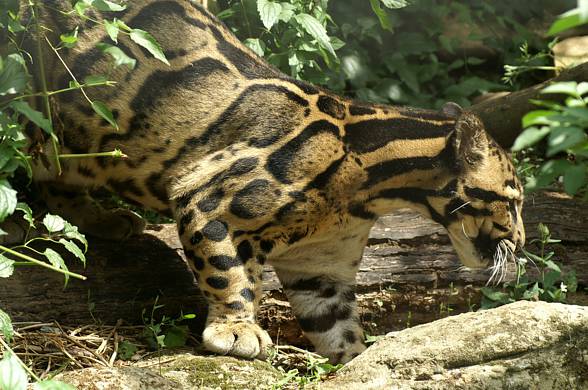
Characteristic features
The fur of the clouded leopard is mostly grey-white or light grey, less often it is brown-grey, reddish or yellowish. The legs, stomach and head are covered with irregular dark or black blotches and spots. Two darker stripes continue on the back, and there are three of them on the neck.
The clouded leopard is active both at daytime and night, and it spends 95% if its time on trees.
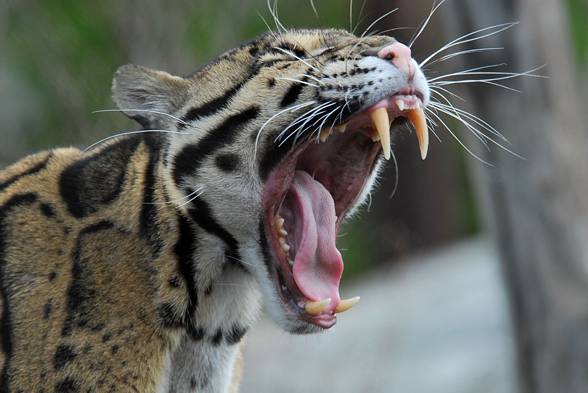
Clouded leopards have relatively short and thick legs with wide paws – similar to those of the jaguar. It is an exception among big cats. And hinder legs are longer which enables the cat make longer leaps. Additionally, the ulnae and radii are not connected and that expands the range of motion when climbing trees and following prey.
Well-developed canines of the clouded leopard also deserve attention, as they may be even 4 cm (1.6 in) long (5 cm (2.0 in) according to some sources). Because of this length, when compared to the proportions of the whole body, the cats are called “modern-day saber-toothed cats”, which refers to the prehistoric saber-toothed tiger.
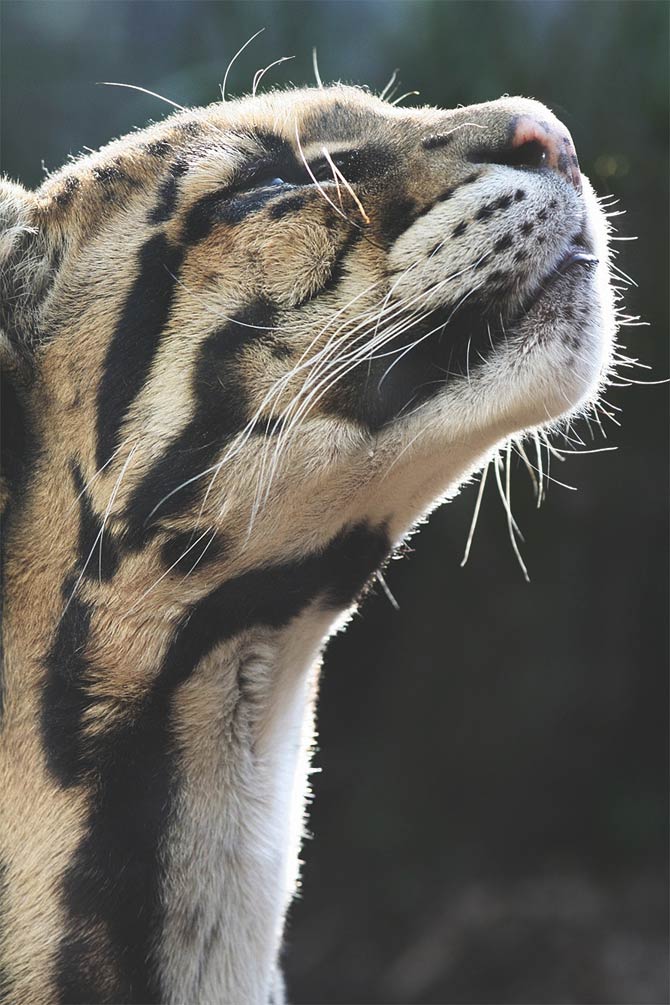
Diet and prey
Due to the small amount of information collected about clouded leopards, little is also known about their diet. Most likely, they hunt both animals living in trees and those living on the ground. The massive body of clouded leopards and long fangs allow them to kill even large prey. Their prey is roe deer, hogs, gophers, deer and pheasants.
Cloud leopards, despite being carnivorous, also eat plants and bird eggs.
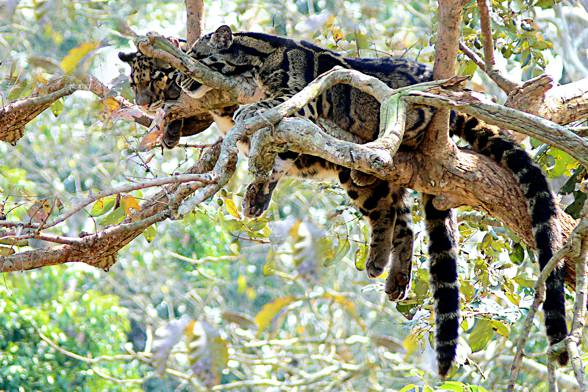
Lifestyle
Data concerning the behavior of clouded leopards in their natural environment is still unconfirmed. Early observations show that it is a very rare, secretive animal living mostly on trees, and is nocturnal. However, later studies partially denied the previous ones, particularly in the case of clouded leopards spending the most time on trees and their nocturnal lifestyle.
They most likely treat trees as resting places during the daytime, but they also spend much time on the ground, for example, hunting. They can chase their prey, but also lie and wait for it to come to them.
However, it is certain that clouded leopards are solitary, therefore, it is difficult to observe them. The habits of these animals probably depend on the presence of other predators and the proximity of human settlements.

Skillful climbers
Clouded leopards are the most talented climbers among big cats. There were even individuals in captivity that would come down trees with their heads directed toward the ground.
They are able to hang down from a branch holding to it only with their hinder paws and tail, and they stay in that position until they jump.
They also use their tail to keep balance on thin branches.
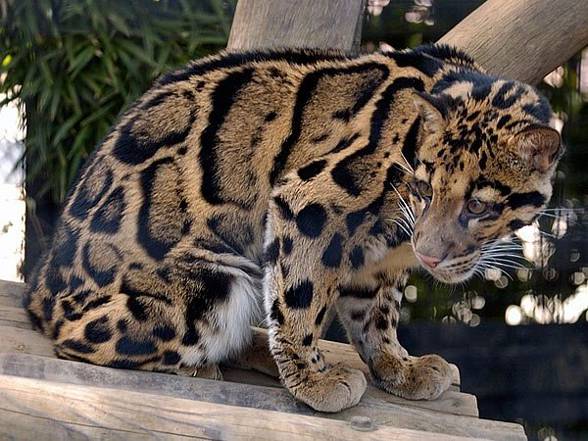
Communication
Clouded leopards, similar to lions, leopards, tigers and other big cats, cannot purr. Nevertheless, their vocalization range is very wide and it includes: meowing, hissing, growling, groaning and snorting. When two individuals approach each other, they communicate by sounds – if they’re friendly towards each other, they produce low snorting sounds. Clouded leopards “talk” to each other also for far distances, making warning sounds for other cats when they stride into other cats’ territories.
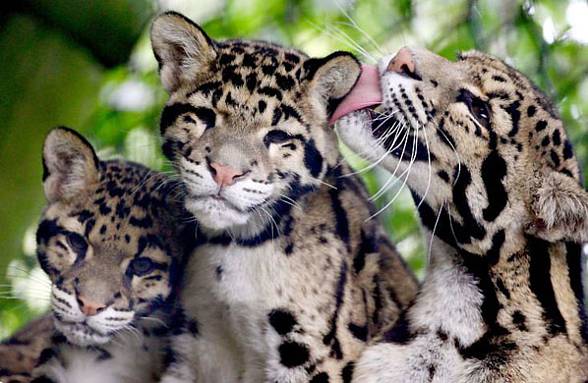
Reproduction
Clouded leopards become sexually mature after about 26 months after birth and then they experience their first mating seasons which are in December and March. A male produces a loud sound and grabs a female’s neck, while the female answers to the male with a loud sound as well, encouraging him to continue mating.
Pregnancy lasts about 100 days, and a female gives birth to 1-5 young – usually there are three. As in other big cats, cubs are blind and completely defenseless. They weigh from 140 to 280 g (0.3 – 0.6 lb). They are able to see after 10 days after birth, and are active after 5 weeks. They leave their mother after 3 months. The average lifespan of clouded leopards reaches 11 years in captivity.
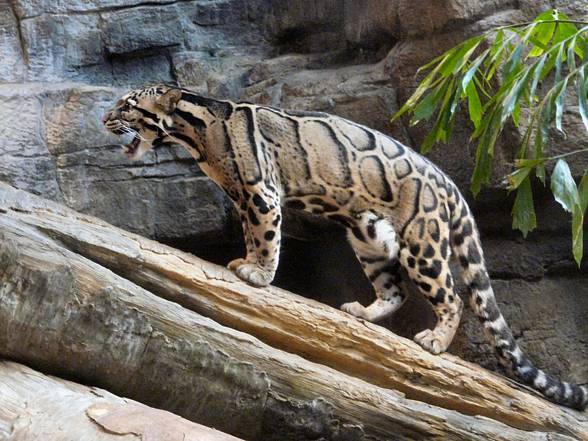
Detailed information/ size
Clouded leopard (Neofelis nebulosa)
In clouded leopards, sexual dimorphism is slightly visible – females are smaller than males.
- Body length:
- males: from 81 to 108 cm (32 to 43 in)
- females: from 68.6 to 94 cm (27.0 to 37.0 in)
- Tail length:
- males: from 74 to 91 cm (29 to 36 in)
- females: from 61 to 82 cm (24 to 32 in)
- Height at shoulders: from 50 to 55 cm (20 to 22 in)
- Weight: 11.5-23 kg (25 and 51 lb)
- Lifespan: 11 years. The record in captivity was almost 17 years.
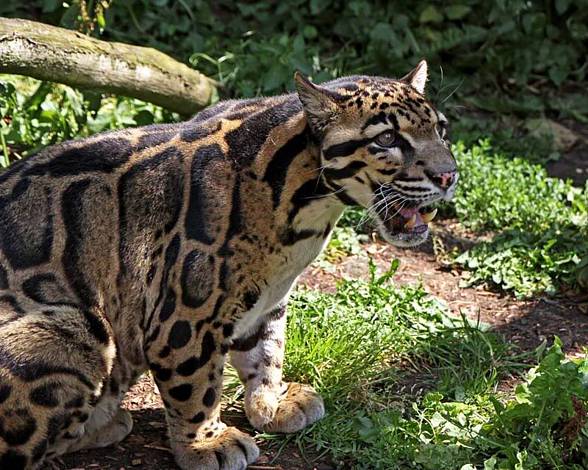
Clouded leopard – interesting facts
- The oldest clouded leopard in captivity lived 17 years.
- The mother is likely to hide her cubs in trees during hunting.
- The Rukai people of Taiwan believe that the clouded leopard is their ancestor, which brought them to their homeland.
- It is estimated that the whole population of the clouded leopard consists of only 10 thousand individuals.
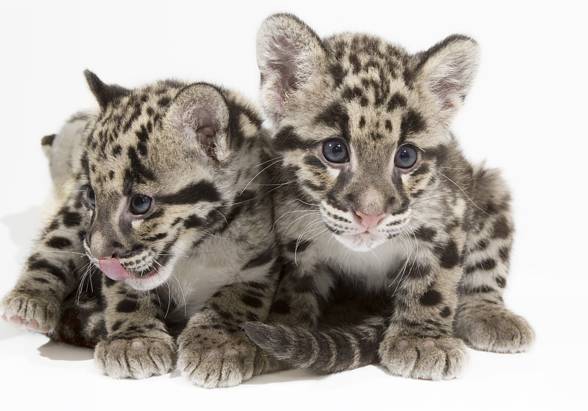
Recommended
- Barbary lion
- Siberian tiger
- Bengal tiger
- Sumatran tiger
- Indochinese tiger
- Malayan tiger
- Tigers
- White tigers
- Lions
- White lions
- Lion vs tiger
- Liger
- Pallas’s cat
- Sand cat
- Animal fights
- American lion
- European cave lion
- Smilodon – Saber-toothed tiger
- Big cats
- Black panther
- Leopard
- Snow leopard
- African Lion
- Fastest animals
- Fastest birds



